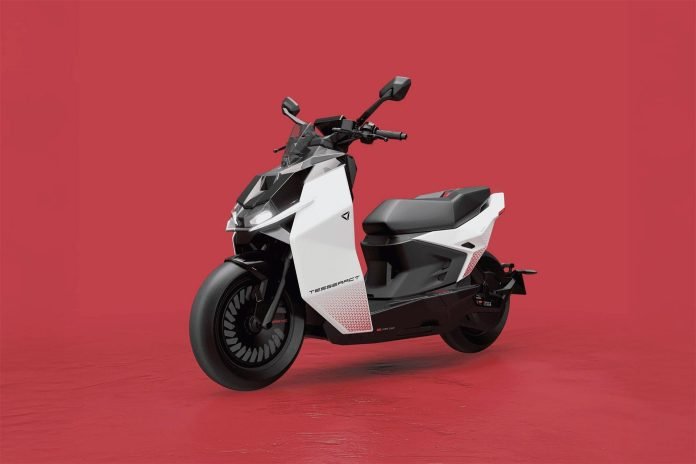Ultraviolette, the Indian electric vehicle (EV) manufacturer, is making headlines with its latest offerings, including the electric enduro bike, Shockwave, and the tech-packed electric scooter, Tesseract. Set for release in India in early 2026, the Tesseract marks Ultraviolette’s debut in the electric scooter segment and promises a blend of power, design, and innovative technology—all at a competitive starting price of $1,380.
Bold design and performance
Breaking away from the conventional, the Ultraviolette Tesseract showcases an aggressive and muscular design that stands out in a market filled with more subdued scooter silhouettes. Its wide front apron, sculpted tail section, 14-inch tires, and angular seat contribute to a distinctive, high-performance look.
Under the hood, the Tesseract is built on an all-new platform and is powered by a 15-kW (20.1-horsepower) electric motor. Buyers will have three battery options to choose from: 3.5 kWh, 5 kWh, and 6 kWh. These variants offer an IDC (Indian Driving Conditions) range of 162 km (100 miles), 220 km (136.7 miles), and 261 km (160 miles) respectively, making it one of the longest-range electric scooters on the market, second only to Ola Electric’s third-generation S1 Pro+.
When it comes to speed, the Tesseract does not disappoint. It boasts a top speed of 125 km/h (77.6 mph) and accelerates from 0 to 60 km/h in just 2.9 seconds. Charging efficiency is also a highlight, with the battery reaching 80% charge in under an hour, ensuring quick turnaround times for riders on the go.
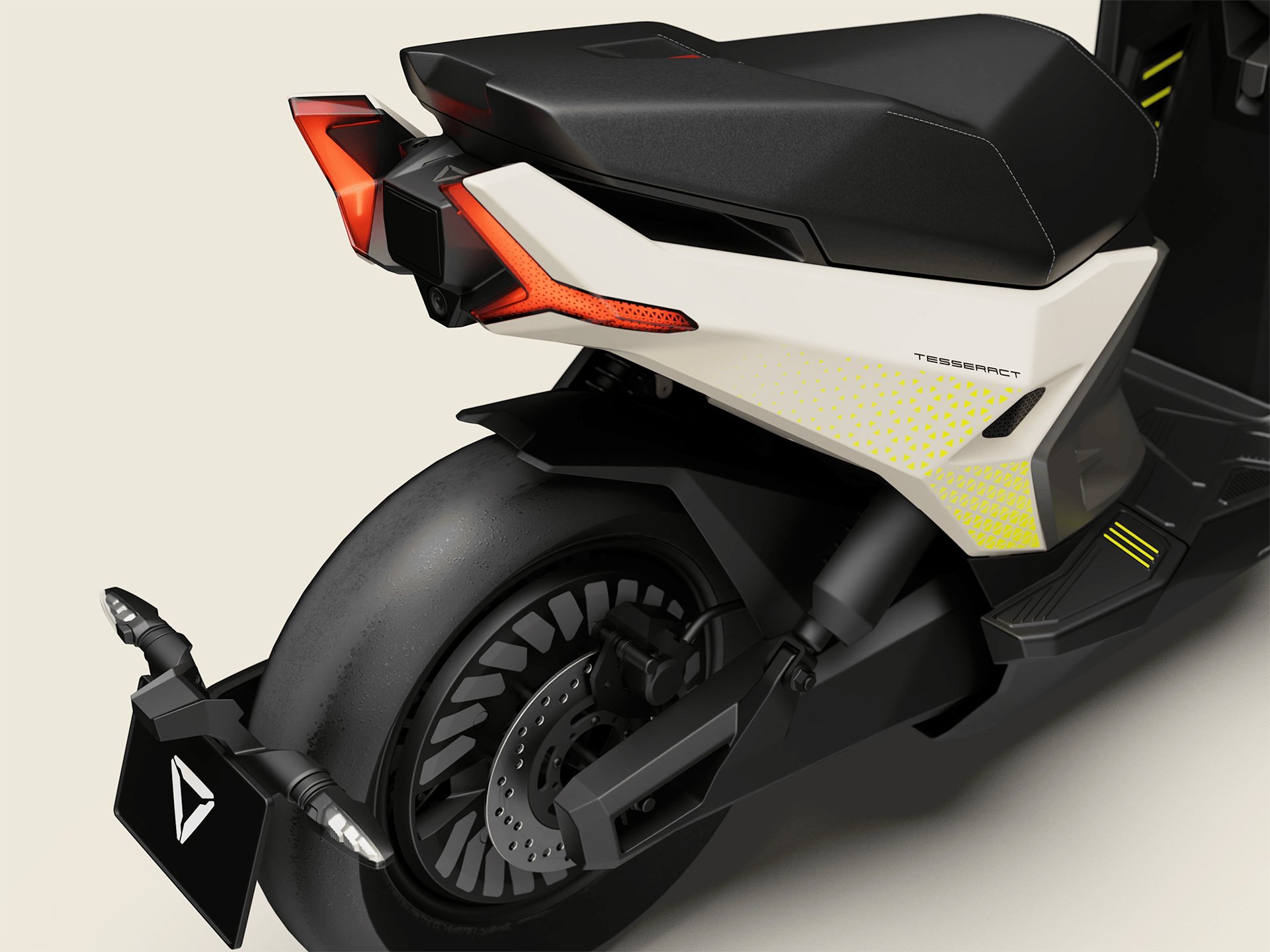
Packed with advanced technology
The Ultraviolette Tesseract sets itself apart from competitors with an array of high-tech features. The scooter includes a 7-inch TFT display, front and rear dashcams, wireless charging, dual-channel ABS, traction control, hill-hold assist, onboard navigation, and dynamic stability control.

However, what truly makes it stand out is its advanced radar-based safety system, a first in the segment. The Tesseract features “Omnisense mirrors,” which use radar to detect blind spots and alert riders about approaching vehicles. These mirrors provide real-time collision alerts, lane change assist, and overtaking assistance, enhancing rider safety significantly. This level of technology is typically reserved for high-end motorcycles and luxury cars, making it a noteworthy addition to an electric scooter at this price point.
Pricing and availability
Ultraviolette has adopted an introductory pricing model to make the Tesseract accessible to early adopters. The first 10,000 customers will be able to purchase the base version for $1,380 (INR 120,000). The next 50,000 buyers will get it for $1,495 (INR 130,000), after which the scooter will retail at $1,667 (INR 145,000). Additionally, pricing for the mid and top-tier variants is expected to be revealed by the end of 2025.
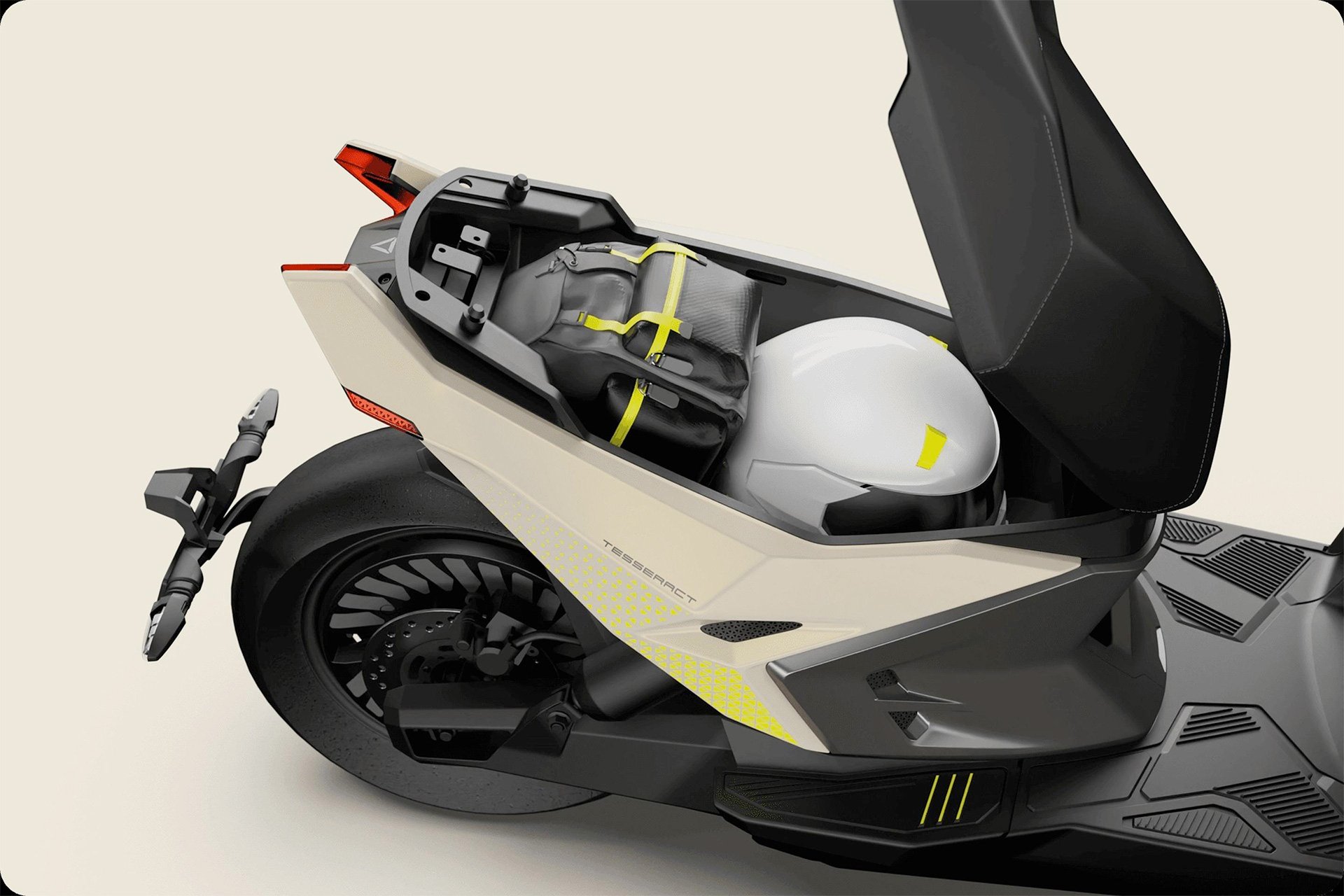
The scooter will be available in four color options: Sonic Pink, Desert Sand, Solar White, and Stealth Black. To ensure peace of mind, Ultraviolette offers a standard three-year or 75,000-km (46,600-mile) warranty, with an option to extend it for up to eight years or 200,000 kilometers.
The growing electric scooter market
The global electric scooter market is rapidly expanding, with established players and newcomers competing for market share. In recent developments, Suzuki has entered the electric scooter space, TVS has introduced a cube-inspired e-scooter, and a Harley-KYMCO collaboration is expected to bring electric maxi-scooters to market by 2026. While these brands are expanding their presence, Ultraviolette’s Tesseract distinguishes itself with its cutting-edge technology, high-performance capabilities, and competitive pricing.
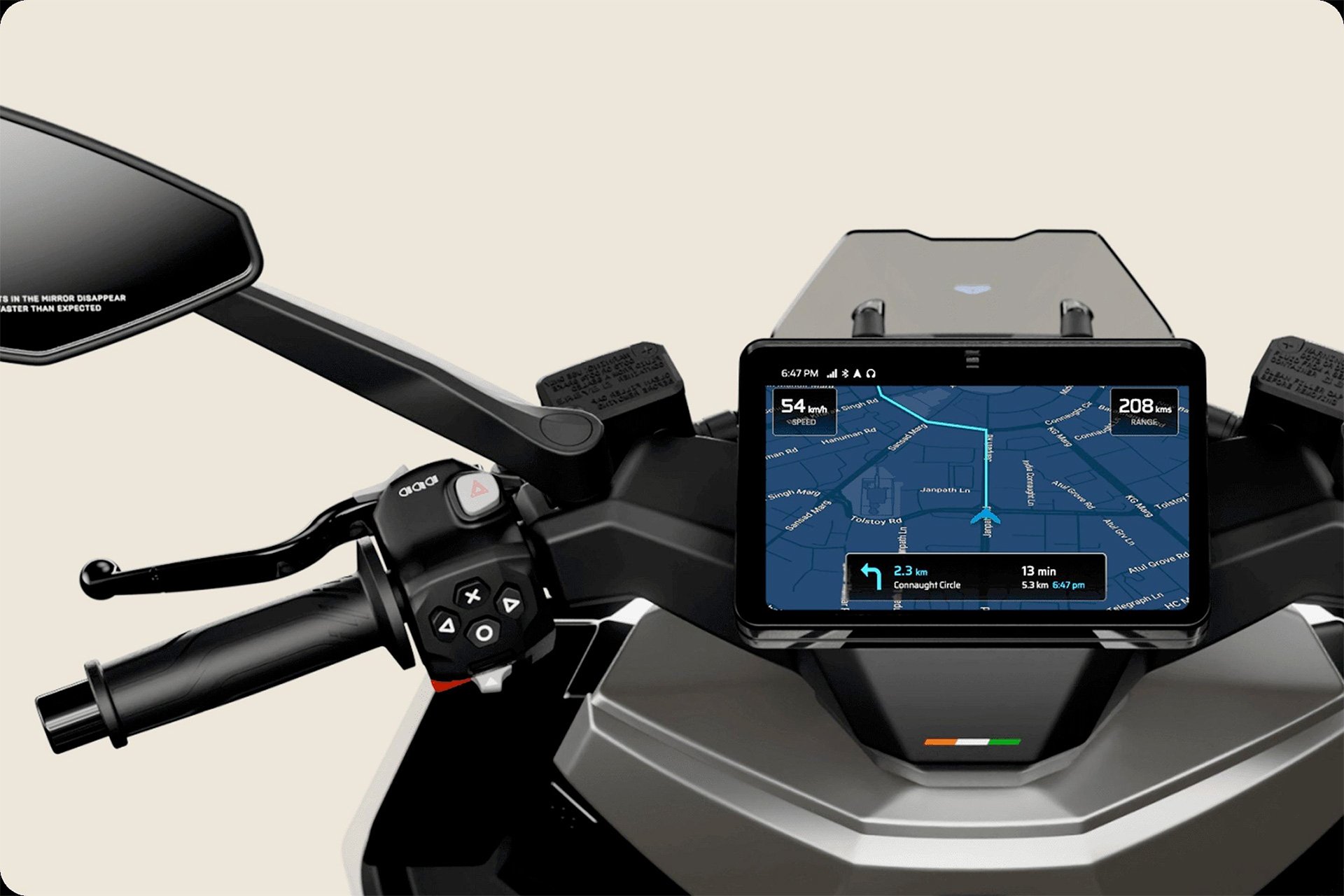
For now, the Ultraviolette Tesseract is confirmed for the Indian market, but its feature set makes it a strong candidate for international markets in the future. Whether or not it will see a global release remains to be seen, but its innovative features and pricing structure make it one of the most intriguing electric scooters to watch in the coming years.
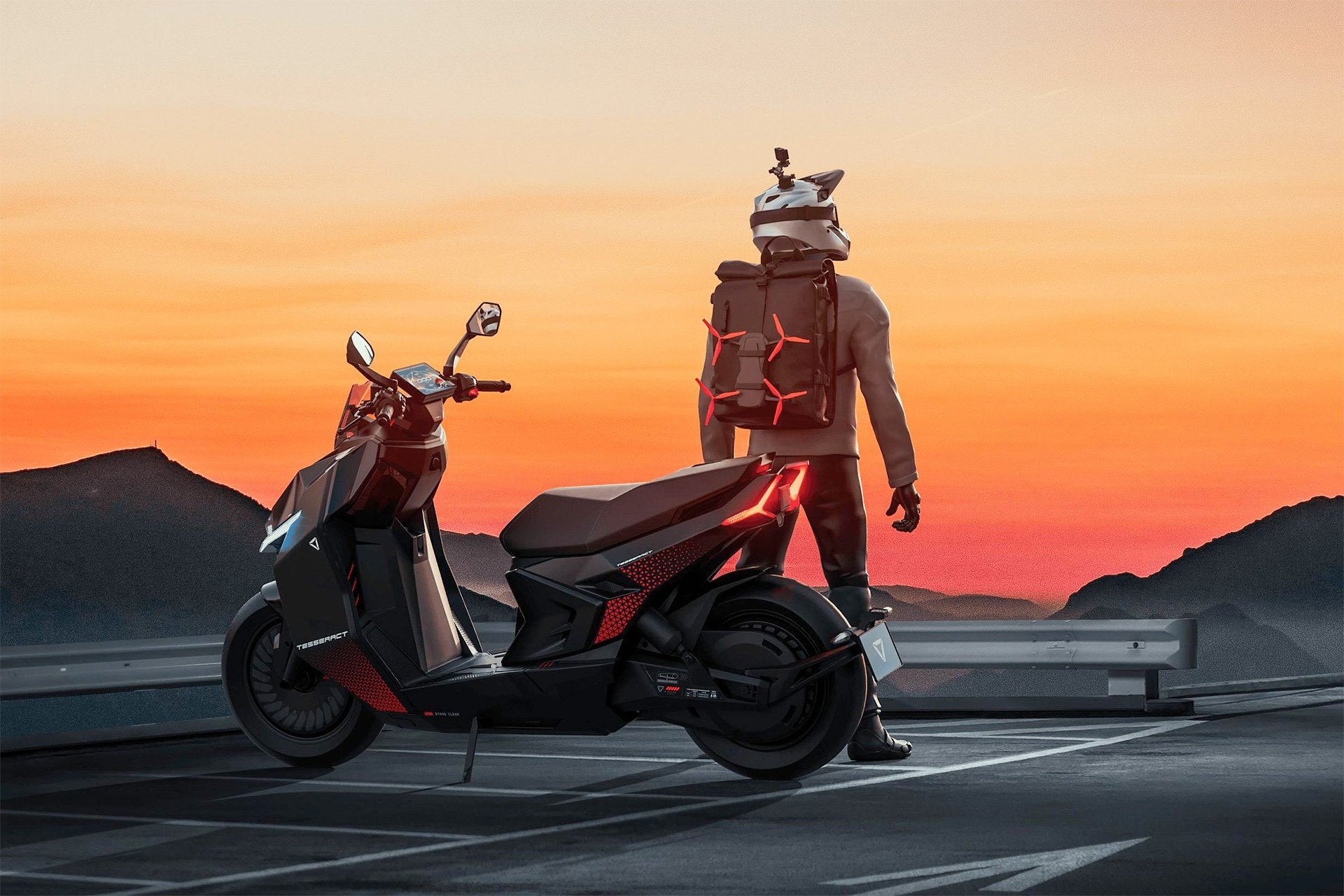
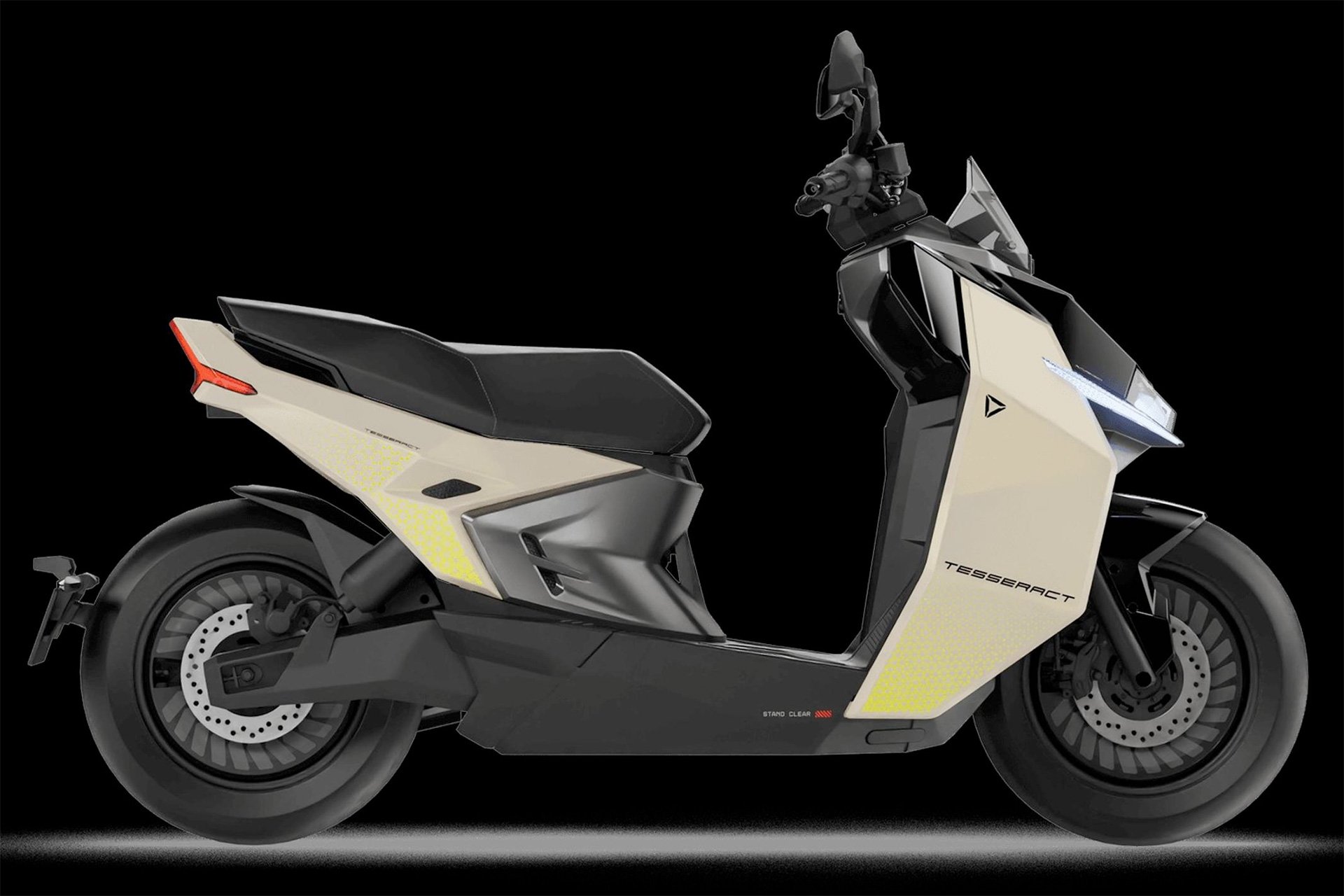
Source: Ultraviolette

